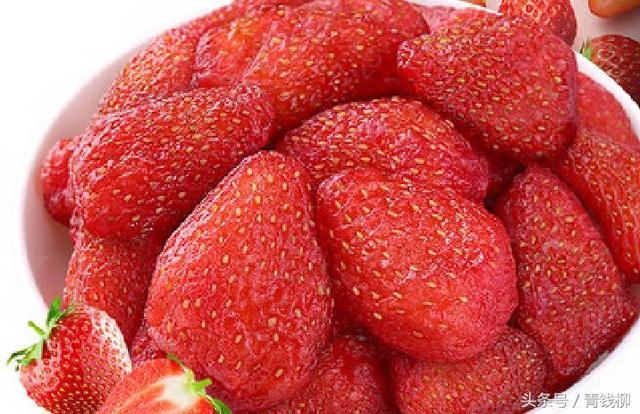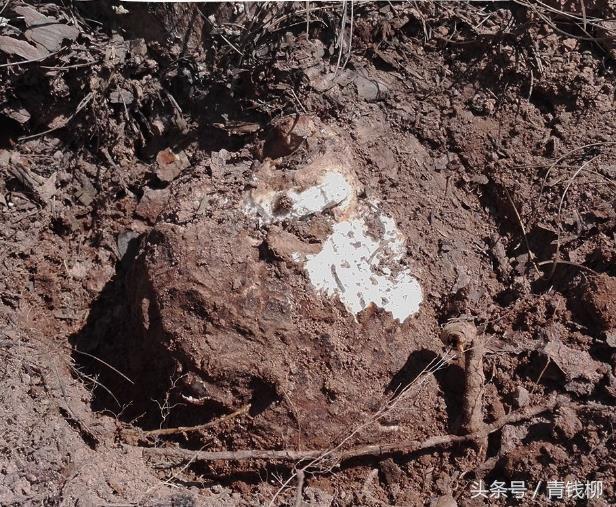Growth characteristics and cultivation techniques of Strawberry

Growth characteristics and cultivation techniques of Strawberry
Strawberry originated from South America, with short growth cycle and relatively high yield, so it is widely cultivated in China. Because of its good taste, high nutritional value and health care effect, strawberries are favored by people, resulting in a significant increase in demand. Strawberry planting management is a work with high requirements for detail and high level of cultivation techniques. How to effectively increase production and increase economic benefits is a problem that growers pay close attention to. The growth characteristics and key planting techniques of strawberry are summarized as follows for growers' reference.
1 growth characteristics
1.1 Pollen precocity
Strawberry flowering generally requires a temperature of more than 10 ℃, but its pollen has begun to mature and has the ability to germinate before flowering. The germination temperature is about 25 ℃, and the critical maximum humidity is about 94%. Unreasonable control of temperature and humidity will lead to pollen rupture, inability to pollination and so on.
1.2 dormancy phenomenon
Under the influence of low temperature and short day, strawberry plants become dwarf and leaves blossom and dormancy occurs, which is the physiological state of strawberry in order to adapt to low temperature in winter. The time of resuming growth varies with different varieties. For example, the northern open-field varieties usually take more than 500 hours, but the four-season berry only takes about 2 days.
2 cultivation techniques
2.1 selection of varieties
Reasonable selection of strawberry varieties is very important. First of all, the ability of strawberry varieties to resist diseases and insect pests should be considered. Secondly, the time of flower bud differentiation of strawberry is relatively short. In order to ensure the normal growth, pollination and fertilization of strawberry at low temperature and promote fruit development, greenhouse heat preservation and lighting performance should also be considered when selecting varieties.
2.2 soil preparation and soil disinfection
Soil preparation is usually carried out 20 days before planting, that is, the soil is evenly spread with compound fertilizer, and then the soil is turned over to keep the surface flat. Reasonable control of ridge width and groove width in order to facilitate later planting and field management work.
In the long-term planting process of strawberry, disease and insect sources and harmful substances will be accumulated in the soil, which will affect the plant growth. Therefore, before strawberry cultivation, we should pay attention to soil diseases and insect pests and disinfect the soil. After the crop harvest in July, fertilization should be carried out at a humidity of about 60%, preferably with farm manure, and covered with plastic film to remove bacteria and other harmful substances from the soil.
2.3 colonization
The cultivation time was selected according to the environmental conditions to ensure the plant survival rate. Reasonable close planting, on the premise of not affecting the quality of strawberries, increase the yield of strawberries as much as possible. The planting density should not be too high to avoid affecting the light transmittance. Strong seedlings should be selected when planting. The standard of strong seedlings is that the length of rhizome is 10 mm, the age of seedlings is 40-60 days and the root system is intact.
2.4 Field management
2.4.1 buckle shed. In the series of links from strawberry planting to flowering and ripening, we should control the technical means and scientifically determine the ripening period of strawberries. The holding time of strawberry buckle shed can generally start from late October to February of the following year.
2.4.2 plastic film mulching. In order to facilitate management, plastic film is usually covered after the shed is fastened, and as far as possible before the soil is frozen. The purpose of plastic film mulching is to raise soil temperature and promote the growth of strawberries. But at the same time, laying plastic film will also create a good growth environment for diseases and insect pests, so it is very important to do a good job of plant protection. Clean up the surroundings before starting mulching, spray 2000 times of high chlorine, and then spread the plastic film on the plant to keep it flat. If it is a cold area, the surface should also be covered with straw to keep warm. After the soil thaws in spring, the plastic film on the surface is removed.
2.4.3 temperature and humidity management. The suitable growth temperature of strawberry is 18-26 ℃, and the yield of strawberry will be affected when the temperature is above 30 ℃ or below 5 ℃. Therefore, a small greenhouse should be set up in the greenhouse in winter, and the plastic film laying should be done well to keep the temperature in the greenhouse about 25 ℃ during the day and more than 5 ℃ at night, and when there is a high temperature above 30 ℃ in summer, cooling and ventilation should be done in time. In the budding stage, keep the humidity at 70%-80%. During the flowering period, the humidity should be reduced. Because if the humidity is too high during flowering, it will lead to a decline in the quality of pollination and fertilization, a decrease in yield and an increase in the rate of abnormal fruit. During the mature period, the humidity should be controlled at about 60%, because excessive humidity can easily lead to powdery mildew and so on, thus affecting the yield.
2.4.4 Fertilizer and water management. Drip irrigation was the best way of watering, and the watering was stopped about one week before flowering, and began to be watered about 15 days after flowering, combined with fertilization. The fruiting period of strawberry is long, and on the basis of comprehensively considering the water and fertilizer status of the soil itself, strawberry can be fertilized a few times.
2.4.5 Light management. Light is one of the key factors that directly affect the yield of strawberry. Attention should be paid to cleaning the greenhouse film to ensure the light in the greenhouse. In addition, artificial brightening measures can also be taken, such as hanging reflective screens and so on. When taking artificial brightening measures, attention should be paid to strengthening the management of temperature and humidity in the facility so as not to affect the growth and development of strawberries.
- Prev

New Technology of Flower and Fruit thinning in Apricot
The new technology of apricot flower thinning and fruit thinning apricot has the characteristics of fast growth, early formation, early fruit, early income and so on. in recent years, the planting scale has expanded year by year, especially in the comprehensive ecological park near the suburbs of the city.
- Next

High-yield cultivation techniques of Poria cocos in Dabie Mountain area
The high-yield cultivation technology of Poria cocos in Dabie Mountains Poria cocos, also known as Yunling and Songling, is a fungal plant parasitic on dry pine covered with soil layer. It belongs to the genus Basidiomycetes, Polypora, Polyporaceae, and is widely distributed in Anhui and Fu.
Related
- Wuhan Hospital Iron Tree Blooming Result Was Instantly Frightened by the Gardener Master
- Which variety of camellia is the most fragrant and best? Which one do you like best?
- What is the small blue coat, the breeding methods and matters needing attention of the succulent plant
- Dormancy time and maintenance management of succulent plants during dormancy
- Minas succulent how to raise, Minas succulent plant pictures
- What are the varieties of winter succulent plants
- How to raise succulent plants in twelve rolls? let's take a look at some experience of breeding twelve rolls.
- Attention should be paid to water control for succulent plants during dormant period (winter and summer)
- Watering experience of twelve rolls of succulent plants
- Techniques for fertilizing succulent plants. An article will let you know how to fertilize succulent plants.

